In today’s rapidly evolving audio tech landscape, OEM buyers have more choices than ever before. Among them, wireless...
Global Trends in Wireless Audio Technology: What OEM Clients Should Watch
Introduction: The Future of Sound Is Wireless
Wireless audio is evolving faster than ever. From earbuds and gaming headsets to livestreaming tools and smart fitness wearables, the global shift toward cable-free sound solutions is undeniable. For OEM partners in the audio manufacturing space, recognizing the most impactful wireless audio trends 2026 is critical for long-term success. At the same time, microphone OEM innovation is pushing boundaries with new materials, smart processing, and ultra-compact designs that meet the needs of diverse industries.
In this article, we explore the key global audio tech movements and how your business can leverage these innovations to stay competitive in a rapidly shifting marketplace.
Surge in Demand for Wireless Audio Devices Worldwide
From hybrid classrooms to digital fitness platforms, the use cases for wireless audio have exploded since 2020—and show no signs of slowing. Market analysts project a global wireless audio market value exceeding $180 billion by 2026, with growth driven by:
• Content creators using wireless lavaliers and podcast mics
• Educators embracing remote teaching gear
• Gamers and streamers demanding low-latency headsets
• Fitness trainers needing sweat-resistant wearable mics
• Consumers upgrading to smart, AI-integrated devices
Understanding these evolving user needs helps microphone OEM innovation align with emerging demand.
Key Wireless Audio Trends 2026 to Watch
By 2026, audio manufacturers will need to adapt to the following technology trends:
1. AI-powered microphones that adapt to environmental noise
2. True wireless multi-device connectivity across platforms
3. Immersive 3D and spatial audio support for AR/VR ecosystems
4. Environmentally sustainable hardware using recycled or biodegradable materials
Staying ahead of these wireless audio trends 2026 gives OEM clients a competitive edge in both consumer and enterprise markets.
Rise of Low-Latency and High-Bandwidth Audio Transmission
Latency is a dealbreaker in fitness, livestreaming, gaming, and conferencing. New wireless standards are solving that:
• Bluetooth LE Audio with LC3 Codec: Delivers high-quality audio with up to 50% less energy usage and drastically reduced delay.
• Ultra-Wideband (UWB): Enables short-range, high-throughput connections, ideal for professional wireless microphone systems.
• Multi-stream transmission: Enables one device to stream audio to multiple endpoints at once (e.g., teacher-to-students in a classroom).
For OEM developers, adopting these protocols ensures future-ready product performance.
Miniaturization and Smart Mic Design
Consumers want gear that’s lighter, smaller, and more versatile. Advances in microphone OEM innovation now include:
• Miniature lavaliers weighing less than 10g
• Built-in smart sensors for automatic gain adjustment
• Magnetic mounts and hidden capsule designs for seamless wear
These features meet growing demand in fitness, fashion-tech, and corporate presentation markets.
Sustainability in Audio Hardware Manufacturing
Eco-conscious consumers and governments are pushing for sustainability. OEMs must adapt by:
• Using biodegradable plastics and recyclable packaging
• Designing products with longer battery lifespans
• Incorporating low-power DSP chips to reduce energy consumption
Microphone manufacturers with a green focus will be better positioned for EU and U.S. markets, where regulations around material sourcing are tightening.
Multi-Platform Compatibility as Standard
One of the strongest wireless audio trends 2026 is full cross-device support:
• Seamless pairing with smartphones, tablets, PCs, and studio gear
• Switchable profiles for streaming, teaching, or conferencing
• USB-C, Bluetooth 5.3, and proprietary wireless dongles
This trend also applies to microphone OEM innovation, where clients demand compatibility across both consumer and enterprise ecosystems.
Innovations in Microphone OEM Design
Leading OEMs are redefining wireless microphone functionality:
• Modular mic systems that can switch between handheld, lavalier, and boom formats
• Swappable capsules for different pickup patterns (omnidirectional, cardioid)
• Wireless charging cases and magnetic clip-on transmitters
These features provide buyers with scalable solutions that adapt to evolving use cases without requiring a complete redesign.
AI-Enhanced Audio Capture and Processing
AI is becoming a staple in wireless mic technology. Integration of AI allows:
• Background noise suppression
• Speech separation for multiple voices
• Automatic level adjustments in real-time
• Dynamic EQ tuning based on the environment
For OEM clients, embedding smart DSPs and AI chips into mics adds incredible value for modern users who need studio-grade sound on-the-go.
Waterproof and Rugged Wireless Audio Gear
Durability is a major concern for users in fitness, education, and event production. The demand is growing for:
• IPX5 to IPX7-rated waterproof mics
• Sweat-resistant lavaliers for group training sessions
• Dustproof capsules for outdoor filming or field work
An OEM partner that integrates these features can easily meet the expectations of a more active, mobile market.
Personalized Audio Solutions for Niche Markets
As audio needs become more specific, so does product design. Examples of personalization include:
• Adjustable mic sensitivity for hearing-impaired students
• Directional capsules for loud gym environments
• Compact clip-on mics for beauty influencers or chefs
This kind of tailored approach defines successful microphone OEM innovation—where design and functionality meet real-world use cases.
Impact of 5G and IoT on Wireless Audio
5G and IoT ecosystems are transforming how devices connect:
• Instant pairing and reduced latency with 5G-enabled wearables
• Cloud-connected mic systems for remote monitoring and firmware updates
• IoT compatibility for smart classroom or fitness studio integrations
Wireless audio systems that are 5G- and IoT-ready will dominate large-scale deployments, such as smart schools and connected gyms.
What OEM Clients Should Prioritize in 2026
To capitalize on wireless audio trends 2026, OEM clients should focus on:
• Flexible architecture to support updates and regional needs
• Modular upgrades for future-proofing products
• Customization at scale, including multilingual interfaces
• Logistics-ready packaging and documentation for international expansion
Aligning with a forward-thinking OEM factory ensures faster adaptation to consumer shifts.
Case Study: A Microphone OEM Innovation in Wearable Tech
A sports technology company partnered with our microphone factory to develop a custom microphone OEM innovation for fitness bands. The goals:
• Ultra-lightweight lavalier integration into a wristband
• IPX7 waterproofing
• AI-driven speech detection for voice commands
The result was a new wearable product category that combined biometric tracking with voice-controlled fitness coaching. This project underscored the power of merging wireless audio with wearables and AI.
Frequently Asked Questions (FAQs)
1. What are the top wireless audio trends 2026 for OEMs?
AI-enhanced microphones, sustainable hardware, and universal connectivity are leading trends.
2. How is microphone OEM innovation changing in 2026?
OEMs are moving toward modular design, smart sensors, and ultra-durable builds for niche applications.
3. Which industries are driving demand for new wireless mics?
Education, fitness, online content, gaming, and live events are among the top sectors.
4. What is Bluetooth LE Audio, and why is it important?
It’s a next-gen wireless standard that delivers better quality with less power, perfect for mobile mic systems.
5. Can OEM mic systems be eco-friendly?
Yes. Many factories are now using recyclable materials and energy-efficient production techniques.
6. What role does AI play in wireless microphone systems?
AI enhances audio quality through noise filtering, voice tracking, and adaptive volume control.
Conclusion
The future of wireless sound is intelligent, immersive, and highly personalized. As wireless audio trends 2026 redefine the global audio landscape, OEM clients must adapt by embracing microphone OEM innovation. Whether through modular design, eco-conscious materials, or AI-enhanced performance, the next wave of audio products will require bold ideas and flexible manufacturing.
To remain competitive and capture market share in the evolving wireless audio world, partnering with a factory that understands both the technology and your customers' needs is no longer optional—it’s essential.


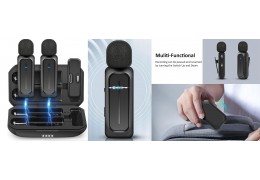





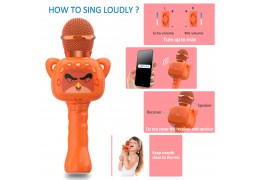




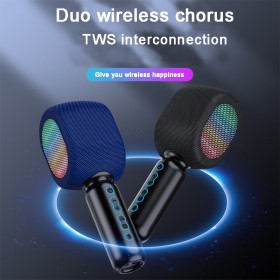


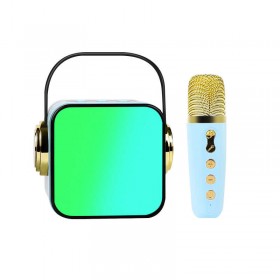

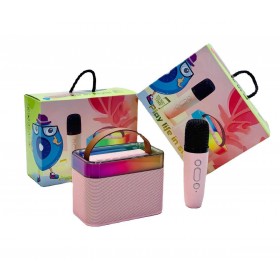


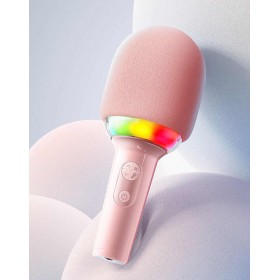
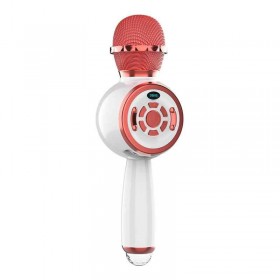
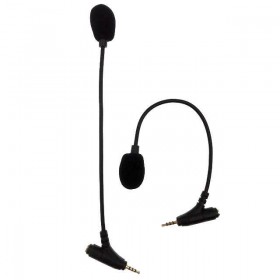
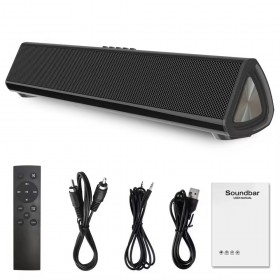
Latest comments